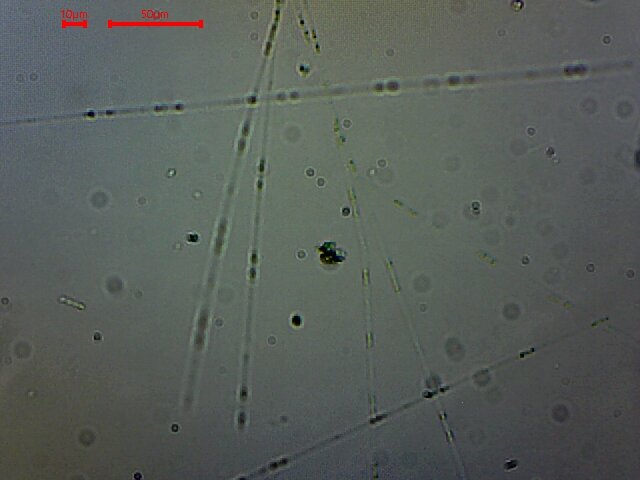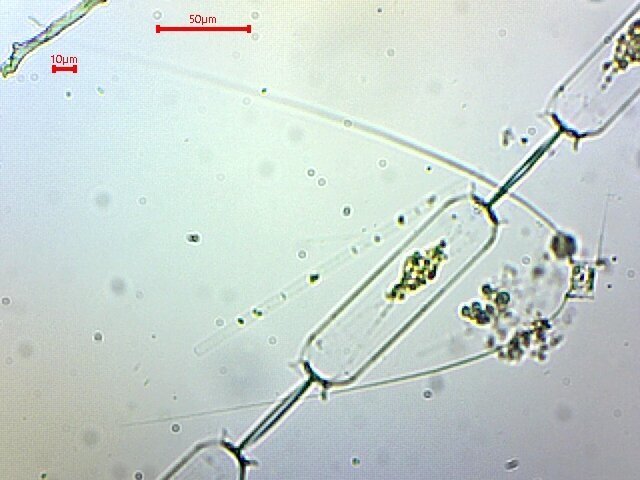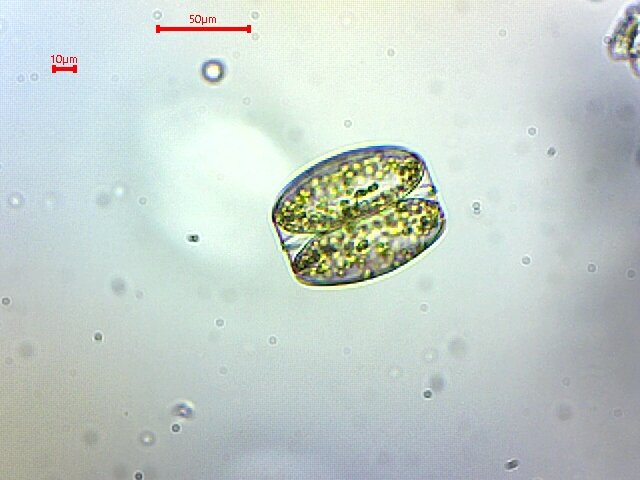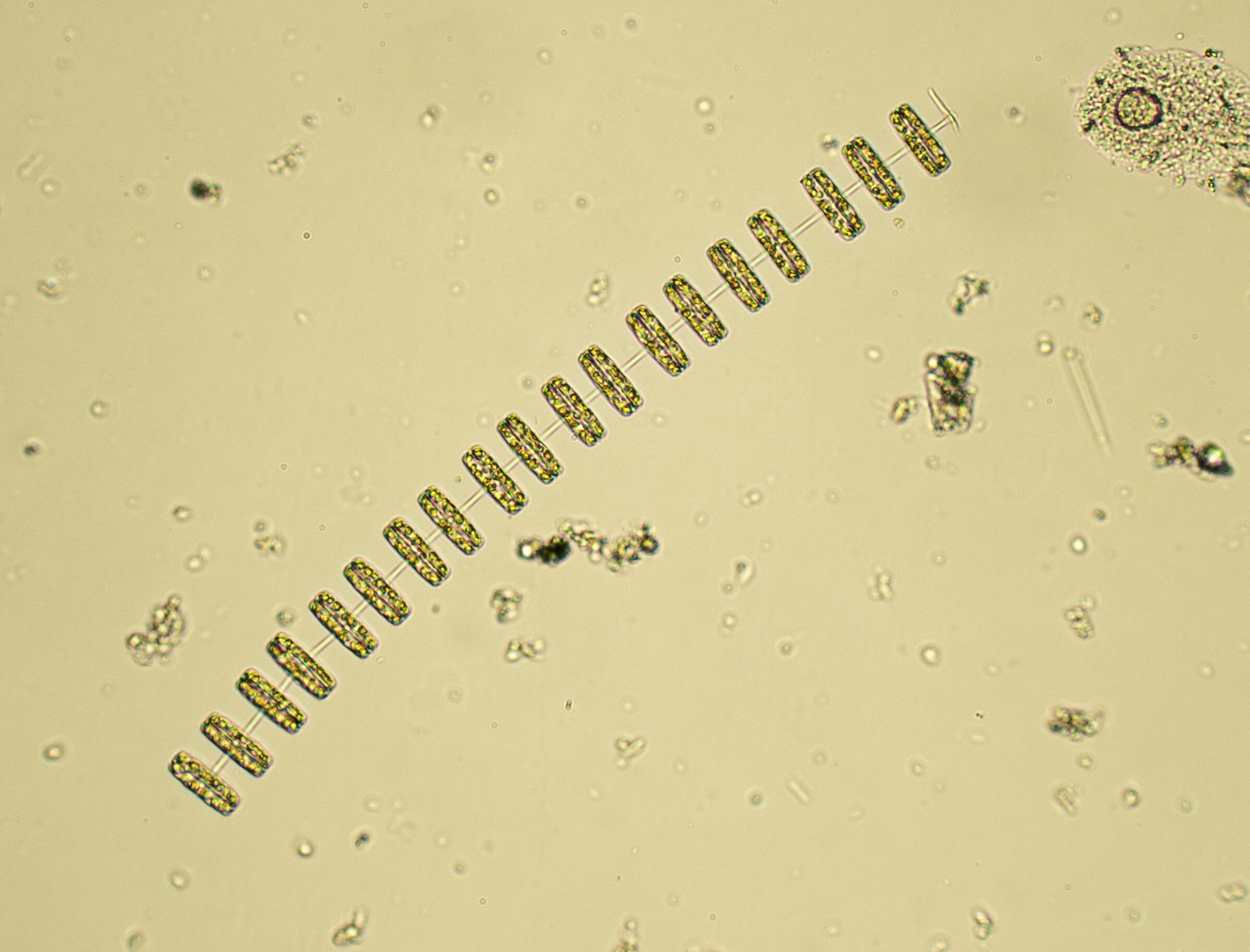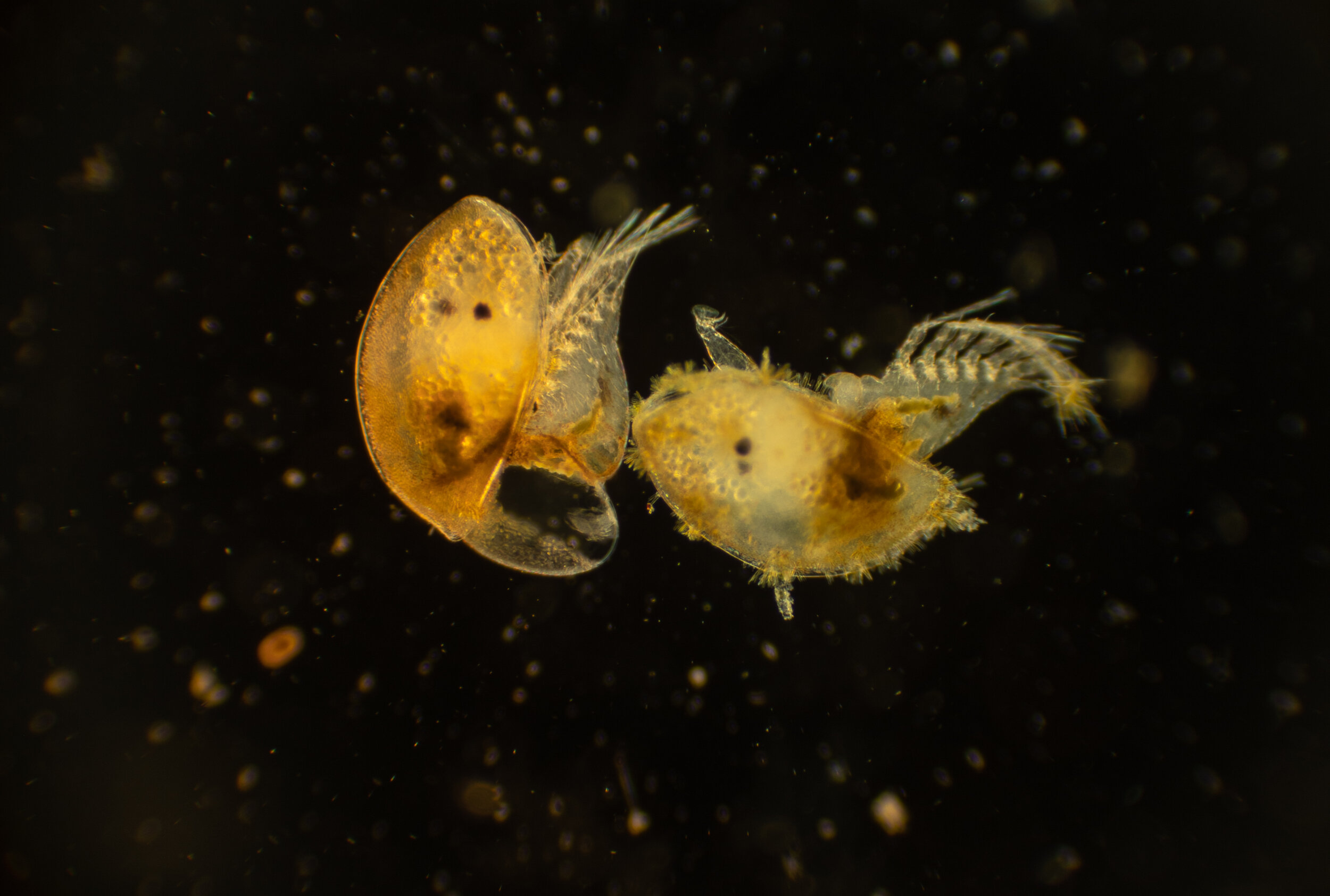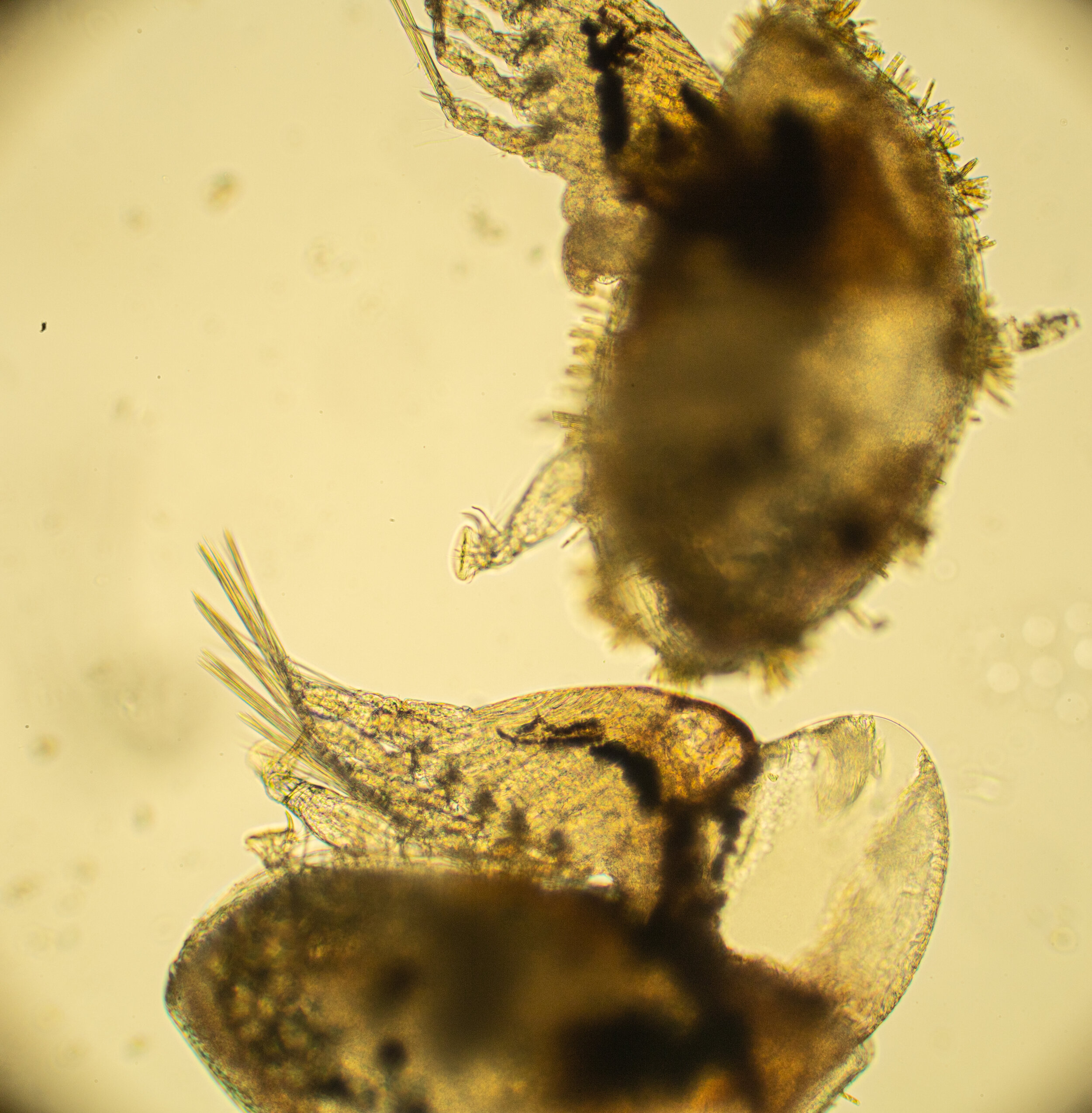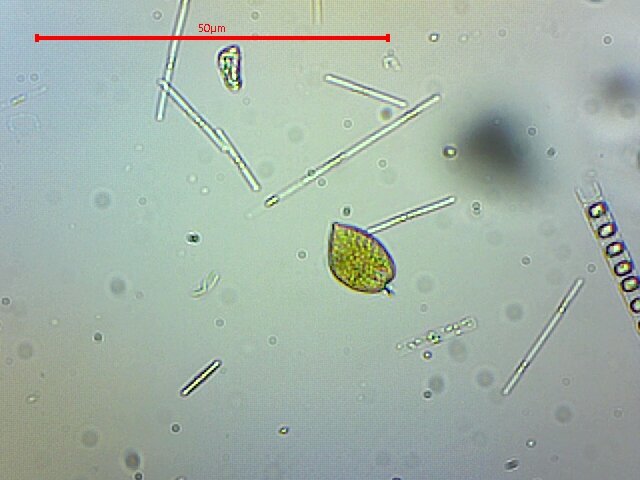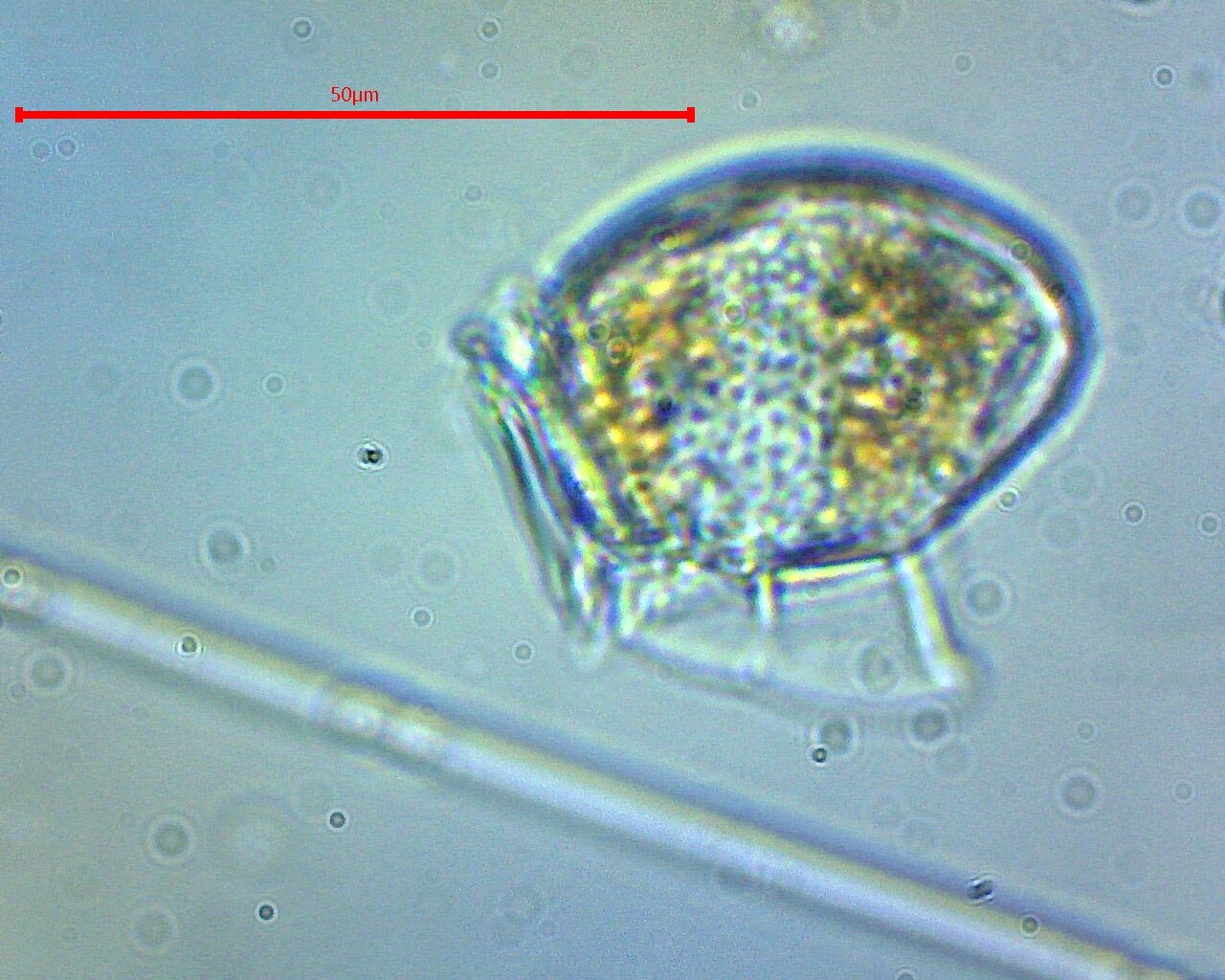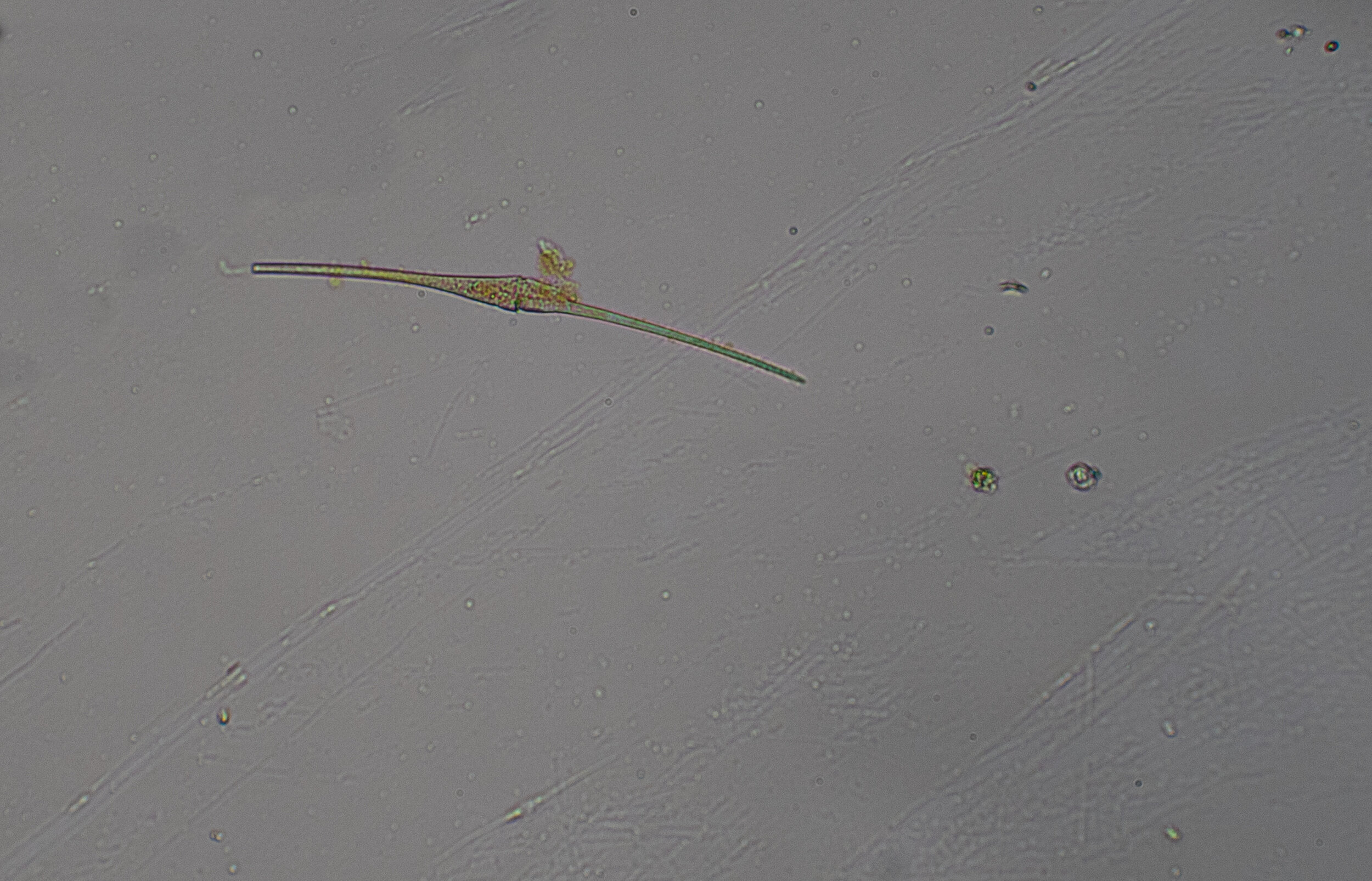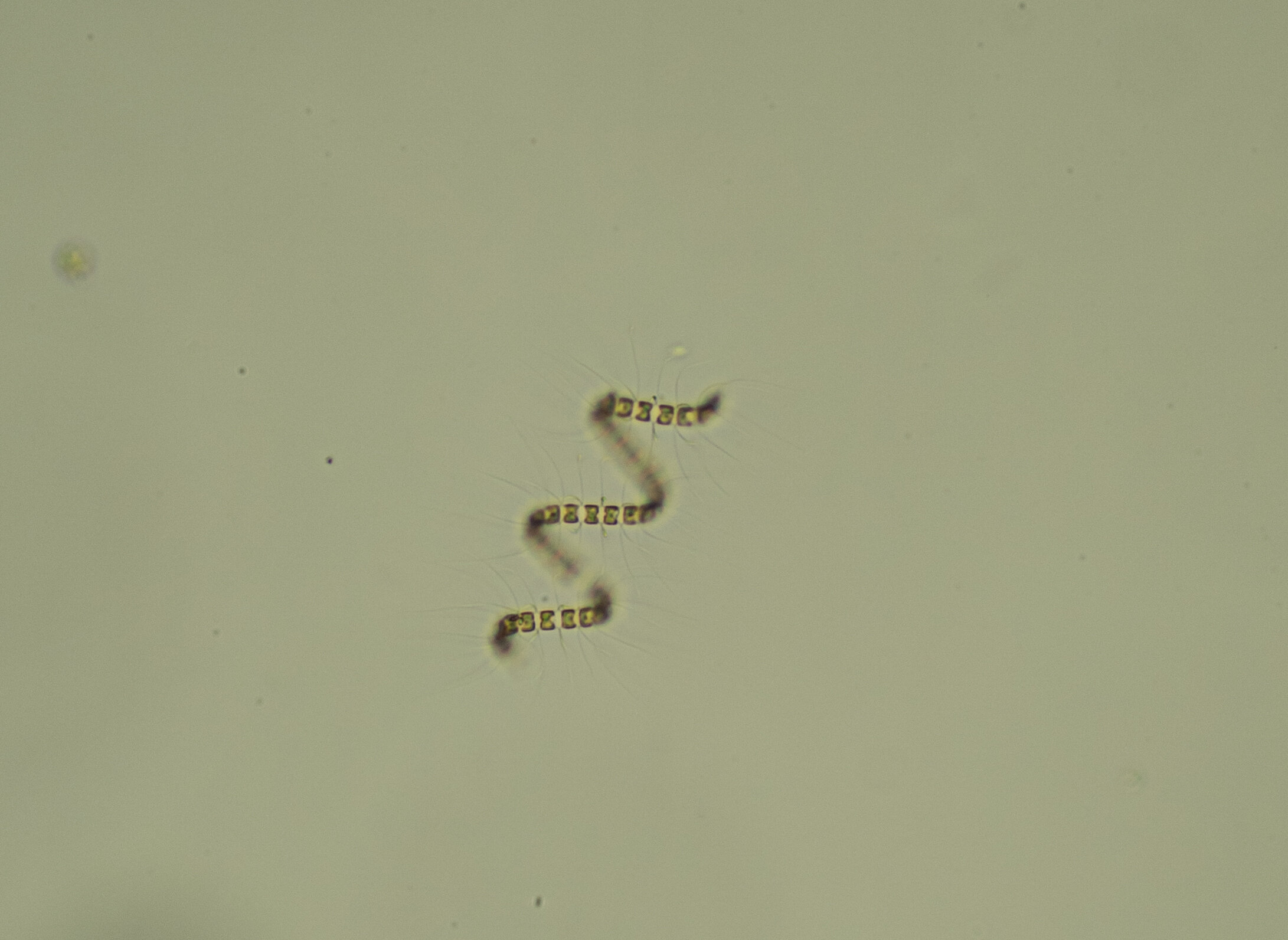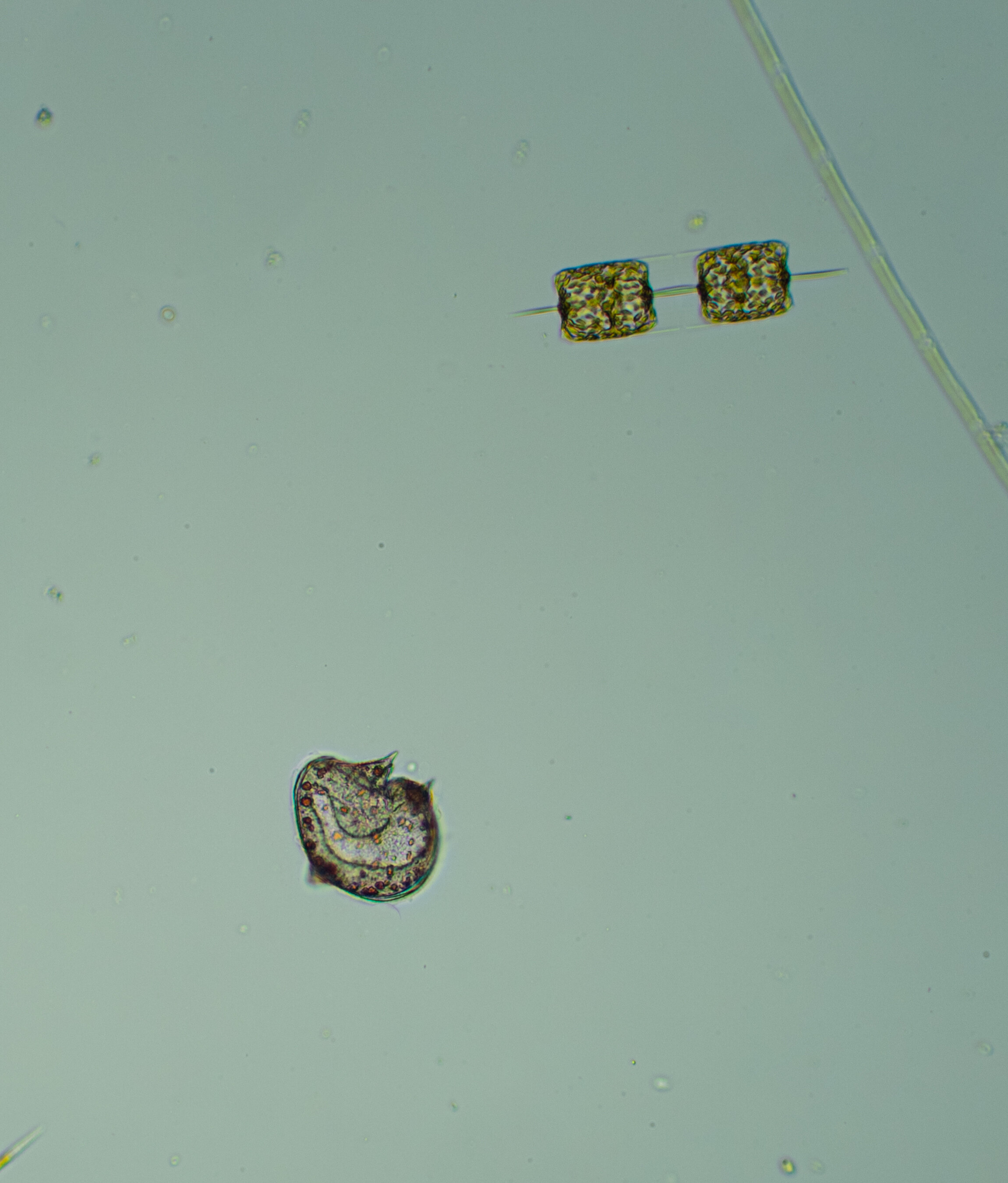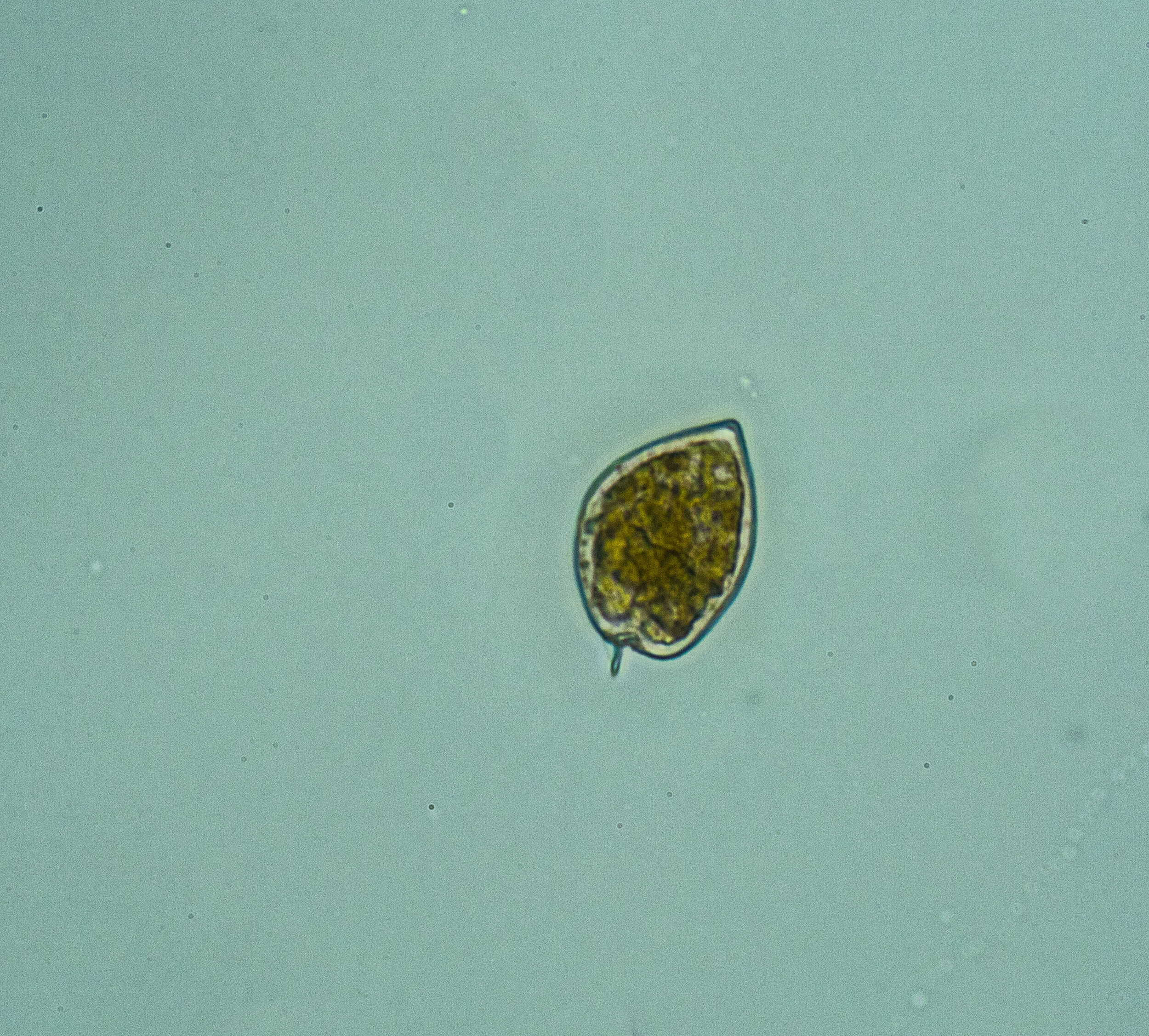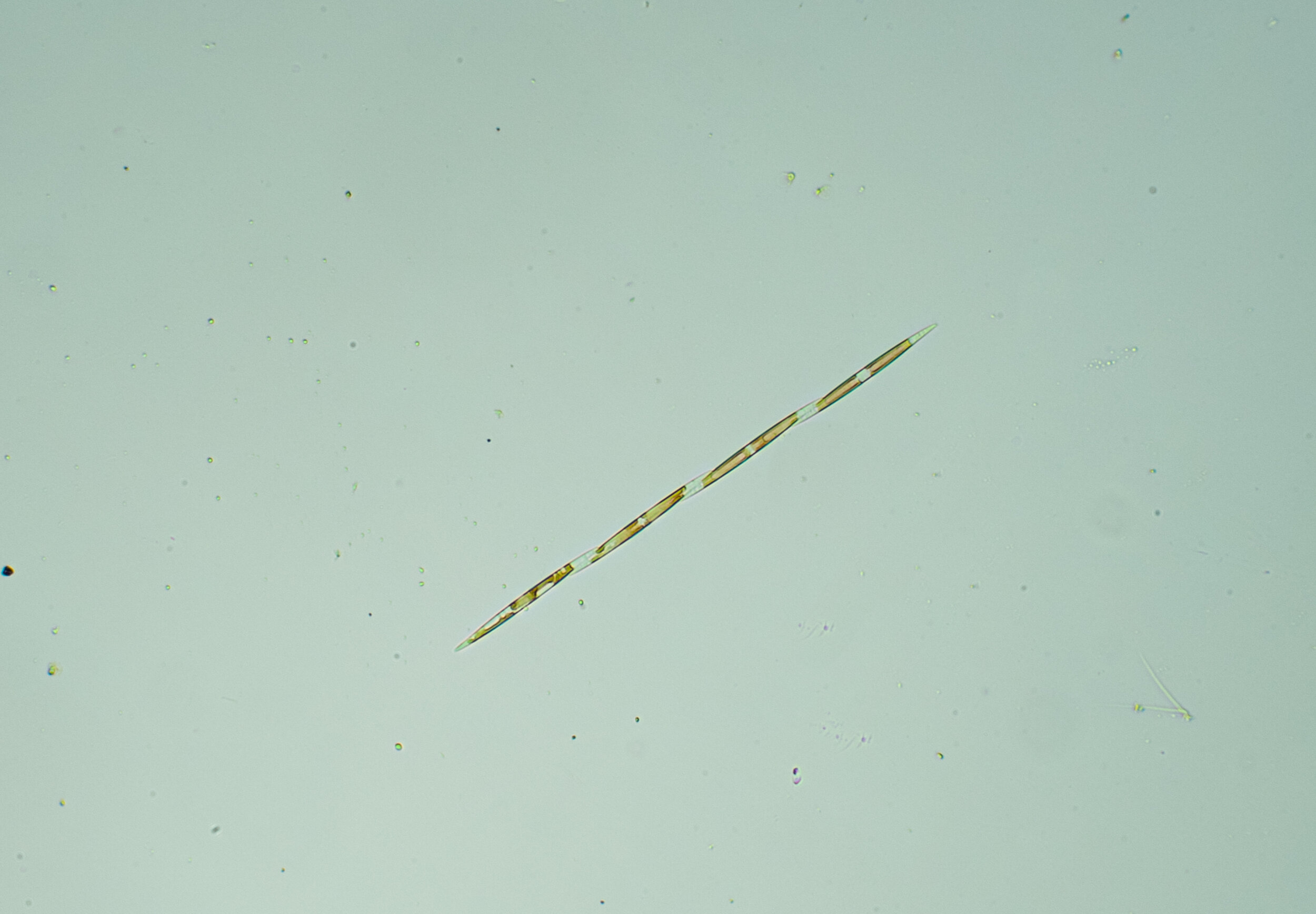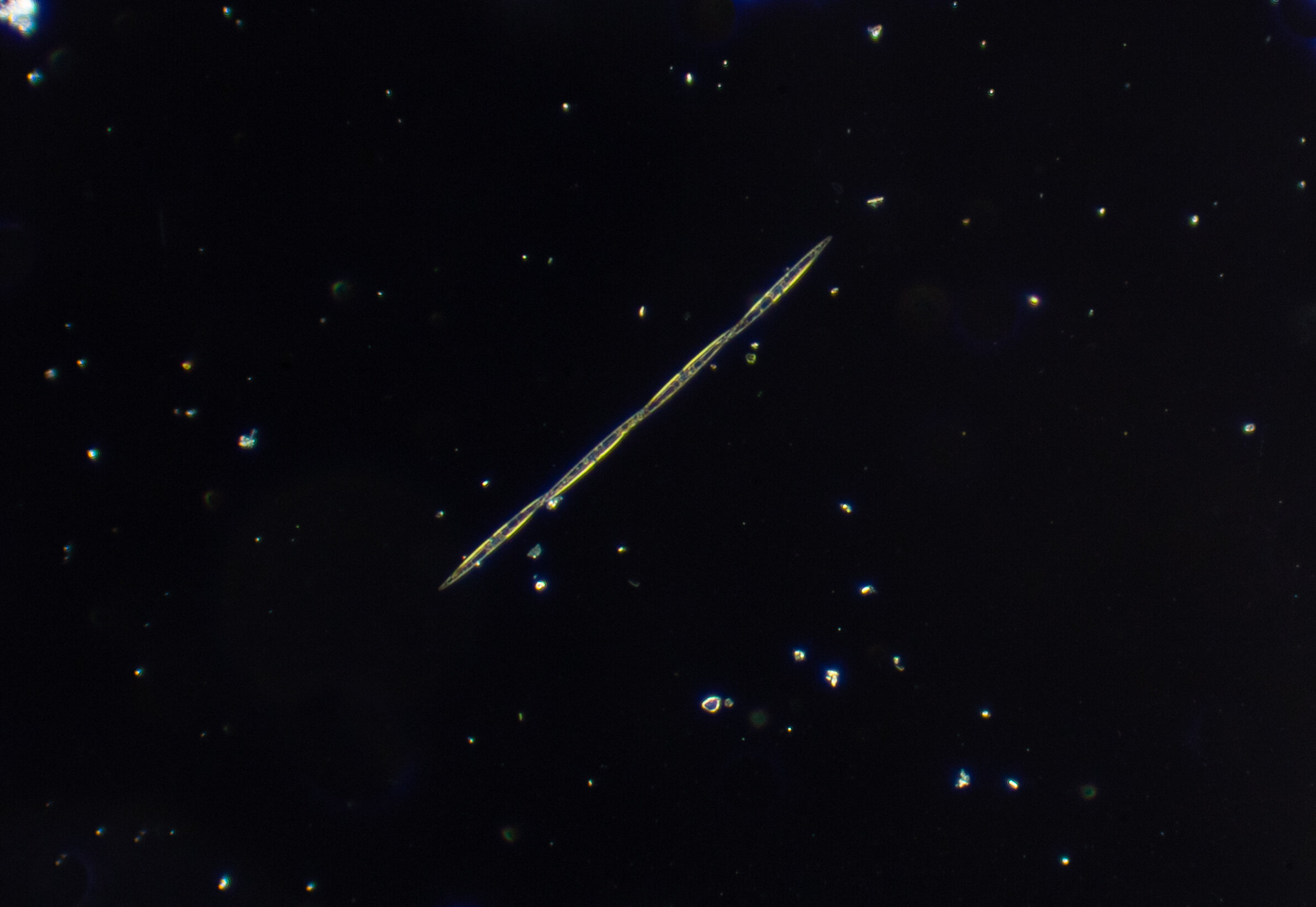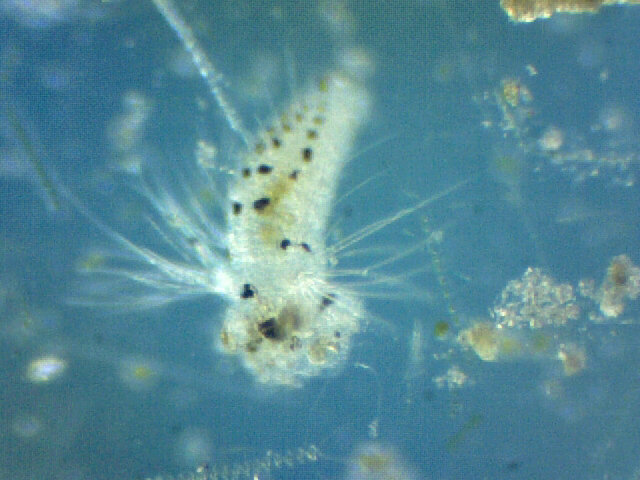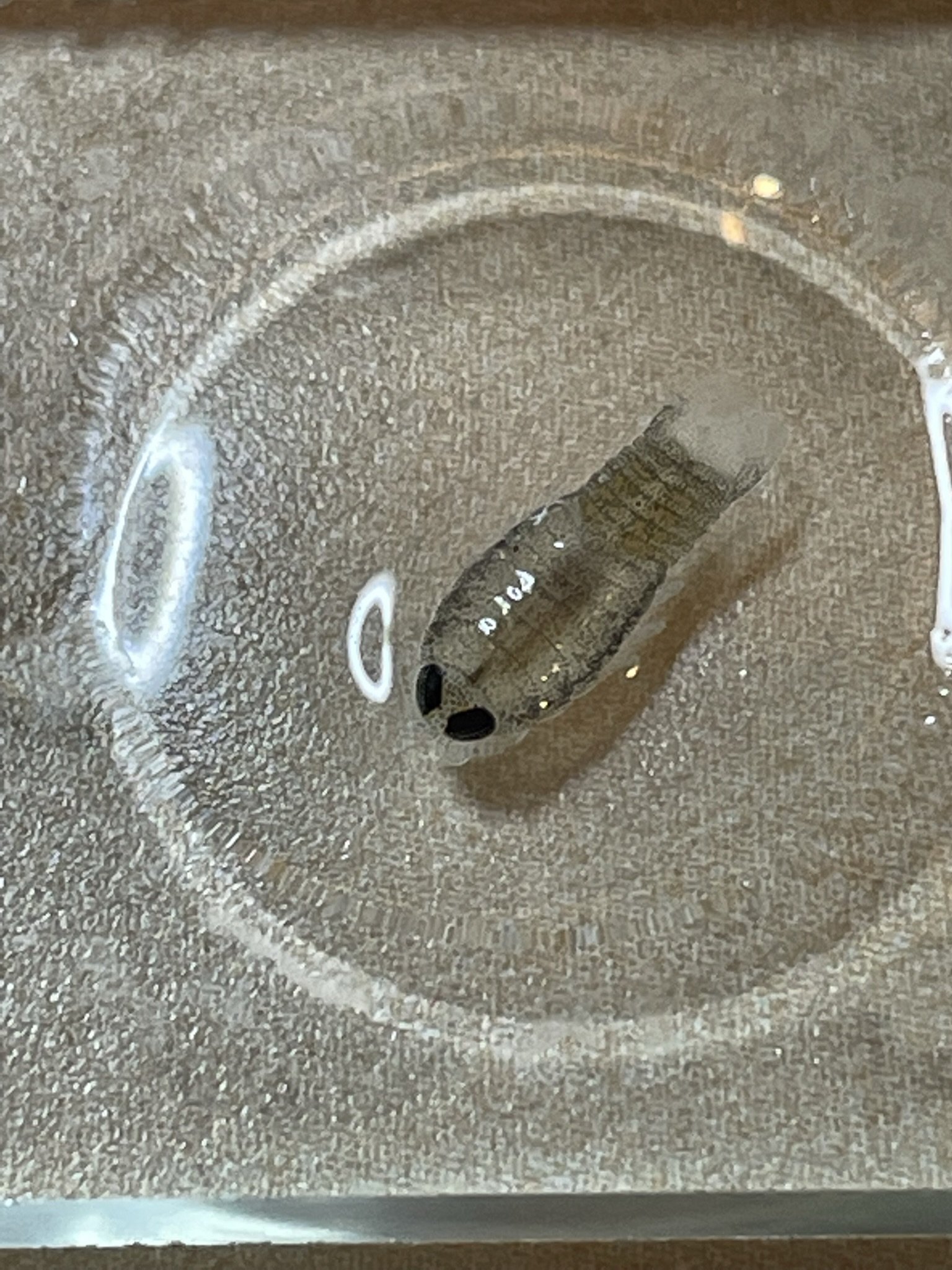
HARMFUL ALGAL BLOOMS
What are Harmful Algal Blooms (HABs)?
When algal colonies rapidly reproduce, they deplete the oxygen concentration in the water and create large concentrations of natural biotoxins. Prolonged seasons of sunshine and reduced ocean mixing can create optimum habitats for algal cell growth. The large concentrations of biotoxins can have negative effects on people, fish, shellfish, marine mammals, and birds. Paralytic Shellfish Poisoning (PSP) and HAB-originated human illnesses can be debilitating and potentially fatal.
Further exploration:
GSSC: Birch Bay State Park Virtual Field Trip Part 3: Red Tide (video)
What is a harmful algal bloom (NOAA) (webpage)
Harmful Algal Blooms (HAB) (video)
Sound Toxins (website)
West Coast/Alaska: Harmful Algal Blooms (webpage)
Impacts of Climate Change on the Occurrence of Harmful Algal Blooms (pdf)
When the tide is out, the table is set…but is it safe to eat? Know before you dig! (webpage)
HAB Monitoring presentation by Rick Beauregard, Whatcom Marine Resources Committee representative
Check out our 2023 Intern presentations
Blaine High School Junior Joshua Bacon’s presentation on HABs and Harmful Plankton in the Blaine/Birch Bay Area.
Blaine High School Senior Myca Andruscavage’s presentation on HABs and her work with the Drayton Harbor Oyster Company
Summaries from the HABs team for August and September 2023.
HABs team data from Summer 2023.
PST refers to paralytic shellfish toxin, which the WA Department of Health found when analyzing the tissue of sampled mussels. Alexandrium is the phytoplankton that produces this type of toxin. A correlation was found between the amount of PST, Alexandrium, and the seawater temperature; PST and Alexandrium tend to peak when seawater temperatures are moderate and decrease when temperatures are either above or below Alexandrium resilience levels.
Drayton Harbor Plankton Gallery:
While not all of the following images are harmful algae, the diversity of plankton species, larvae, and diatoms is eye opening as to what exists in our local waters, and why monitoring is important.
Pseudo-nitzschia diatoms shaking off a clump of microbial detritus
Noctiluca, Drayton Harbor, 2020
Dinophysis acuminata marine dinoflagellate which can cause diarrhetic shellfish poisoning




